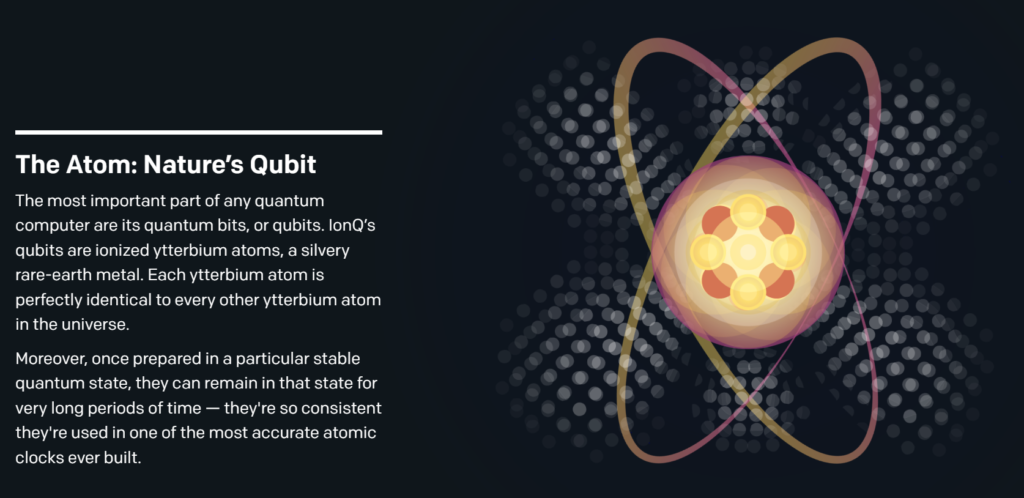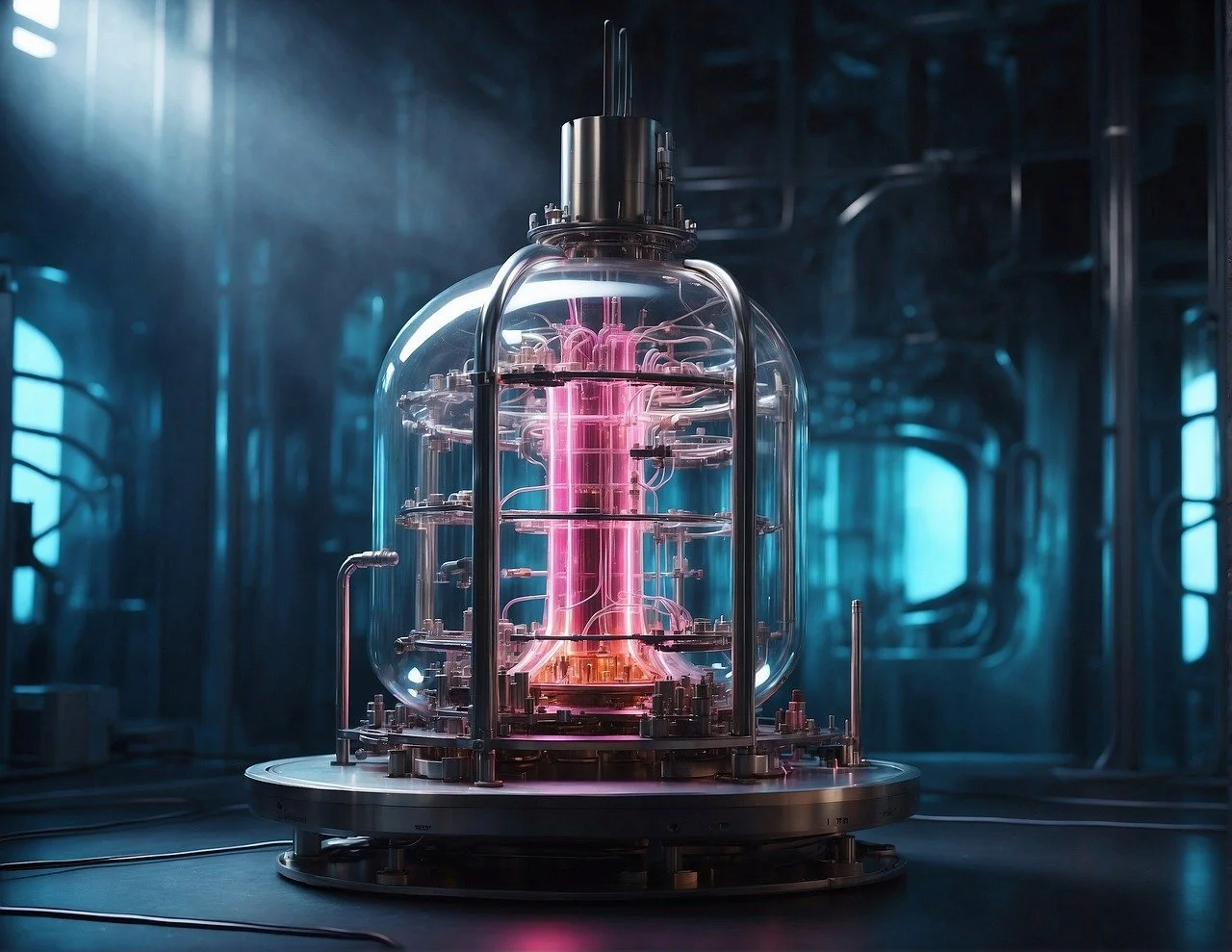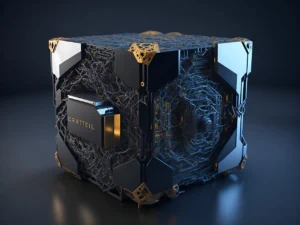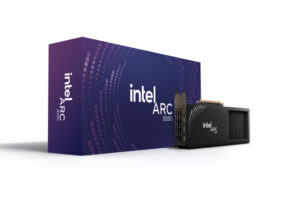Quantum computing is a revolutionary technology that promises to solve problems far beyond the reach of classical computers. Among the leading approaches in quantum computing, superconducting qubits and trapped ion qubits stand out. These technologies, while both promising, differ significantly in their mechanisms, advantages, and challenges. If you’re curious about the future of quantum computing, this comparison will help you understand the nuances of these two competing approaches.
Table of Contents

What is the Difference Between Superconducting Qubits and Trapped Ion Qubits?
Superconducting qubits are circuits made from superconducting materials that operate at extremely low temperatures. These circuits leverage Josephson junctions to create quantum states. On the other hand, trapped ion qubits are individual ions held in place by electromagnetic fields. These ions are manipulated using lasers to create and control quantum states.
| Feature | Superconducting Qubits | Trapped Ion Qubits |
|---|---|---|
| Physical Medium | Superconducting circuits | Individual ions |
| Control Mechanism | Microwave pulses | Laser manipulation |
| Operating Temperature | Near absolute zero | Can operate at room temperature (with cooling) |
| Maturity | Widely adopted by companies like IBM | Increasing traction with IonQ and others |
Why Are Superconducting Qubits Faster Than Trapped Ion Qubits?
Speed is a significant advantage of superconducting qubits. Their quantum gate operations occur in nanoseconds, whereas trapped ions require microseconds for similar operations. This speed advantage makes superconducting qubits more suitable for computations requiring rapid sequential operations.
However, speed isn’t everything. Trapped ion systems, while slower, often exhibit higher fidelity in gate operations, meaning they make fewer errors. This trade-off between speed and accuracy is a critical consideration in designing quantum algorithms.
Which Technology is More Scalable?
Scalability is a cornerstone for building practical quantum computers. Superconducting qubits benefit from established semiconductor fabrication techniques, enabling the integration of thousands of qubits on a single chip. Google’s quantum chip, Willow, exemplifies this scalability, achieving groundbreaking results in error correction and computation speeds.
In contrast, trapped ion systems face challenges in scaling up due to the complexity of managing large numbers of lasers and ions. However, advancements in fully connected qubit networks and innovative cooling systems may help bridge this gap.
| Scalability Factors | Superconducting Qubits | Trapped Ion Qubits |
| Qubit Integration | Easier due to chip technology | Harder, requires intricate setups |
| Error Correction | Achieved through chips like Willow | Progressing steadily |
| Network Connectivity | Moderate | High (fully connected network) |
How Do Coherence Times Compare?
Coherence time—the duration a qubit remains in a quantum state—is a critical factor in quantum computing. Trapped ion qubits excel here, with coherence times often exceeding minutes, thanks to their isolation from environmental noise. Superconducting qubits, while improving, typically have coherence times in the microsecond to millisecond range.
Table: Coherence Times Comparison
| Technology | Coherence Time |
|---|---|
| Superconducting | Milliseconds |
| Trapped Ion | Minutes |
How Does Qubit Connectivity Differ?
In superconductors, qubits typically interact with their nearest neighbors, which can complicate certain algorithms requiring multiple interactions. Trapped ions offer all-to-all connectivity—every qubit can talk to every other qubit directly, simplifying many computations.
Applications and Industry Leaders
Industries Benefiting from Superconducting Quantum Computing
Superconducting qubits, with their rapid operation speeds, are particularly suited for:
- Financial modeling and risk analysis
- Drug discovery through molecular simulations
- AI and machine learning applications
Advantages of Trapped Ion Quantum Computers
Trapped ion systems’ high accuracy and connectivity make them ideal for:
- Cryptographic code-breaking
- Optimization problems in logistics
- Fundamental research in quantum mechanics
Leading Companies in Quantum Technologies
Cooling Requirements
Superconducting qubits demand extremely low temperatures, typically achieved using dilution refrigerators. In contrast, trapped ion systems often operate at room temperature, requiring only moderate cooling to reduce environmental disturbances. This makes trapped ions more accessible in terms of infrastructure.
Future Prospects
The debate between superconducting qubits and trapped ions continues as both technologies evolve. Superconducting qubits are advancing rapidly, driven by breakthroughs like Google’s Willow chip, which performed a computation in under five minutes that would take a supercomputer 10 septillion years. Meanwhile, trapped ion systems are refining their designs to enhance scalability and reduce errors.
Conclusion: Choosing the Right Quantum Technology
Both superconducting qubits and trapped ion qubits have unique strengths. Superconducting systems excel in speed and scalability, making them suitable for immediate commercial applications. Trapped ion systems, with their superior coherence and connectivity, offer potential for highly precise computations.
As quantum computing progresses, hybrid systems combining the best of both worlds may emerge. For now, understanding these technologies equips you to appreciate the strides being made in this cutting-edge field. Whether you’re an IT professional, a tech enthusiast, or simply curious, staying informed about these advancements is essential to navigating the quantum future.




